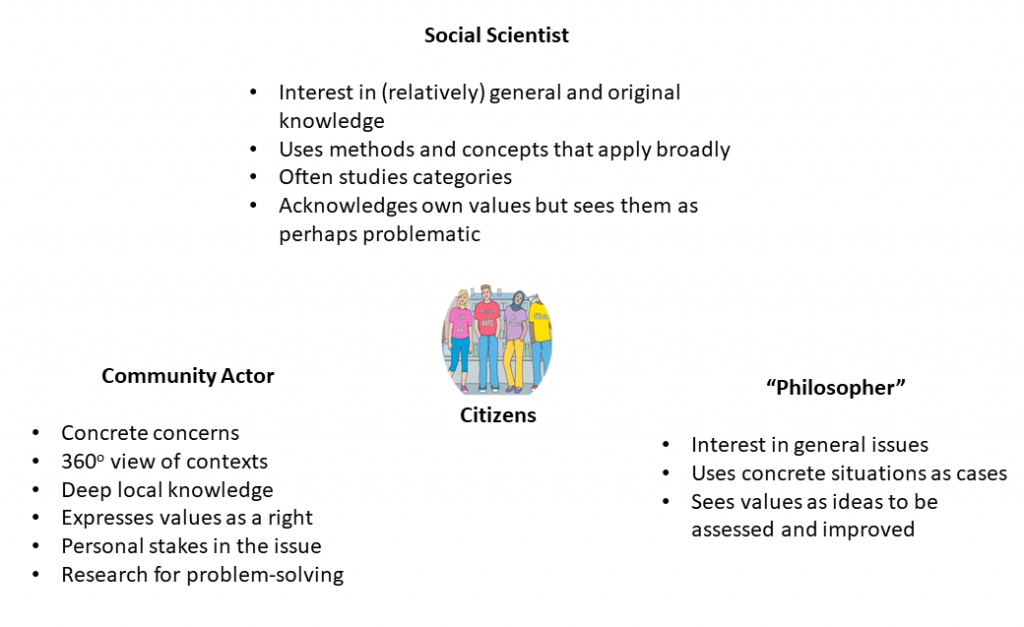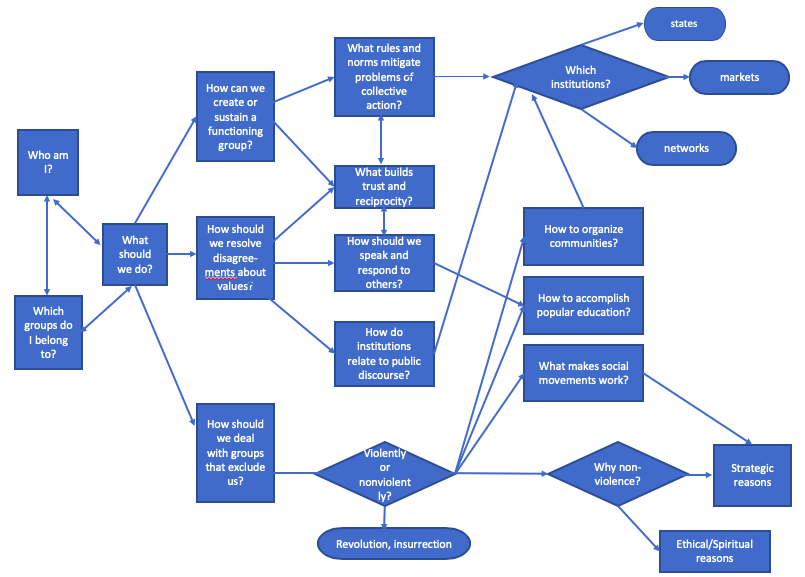- Facebook202
- Twitter4
- Total 206
Register here. Some events have limited space. Friday, April 26: UMass Boston Campus Center, Alumni Lounge (all day)
Friday, April 26: UMass Boston Campus Center, Alumni Lounge (all day)
9:00-9:30 Welcome, Coffee, Introductions
9:30-12:00 Pre-texts Workshop: Doris Sommer (Harvard)
Friday Afternoon: Discussion of NEH Grant/Boston Harbor Islands Boat Tour
12:00-1:30 Lunch: NEH Connections Grant: UMass Boston collaboration with Boston Harbor Islands National Park: UMass Boston team
1:30-4:00 Harbor Boat Tour, Thompson Island Visit
Friday Evening: Website Launch/Graduate Student Lightening Rounds/Dinner
4:15-5:45 Graduate Student Lightening Rounds
- Yale: Sylvia Ryerson and Candace Borders
- More Graduate Students TBA
6:00-6:30 Round-Up of NEPH Ways Forward/Burning Issues/In-Progress Work (discussion continued over dinner):
- Geographic locale, collaborative network
- Context/site-specific “models” approach
- Methodologies/practice/skills
Approx. 6:30 Dinner
Saturday, April 27: UMass Boston Campus Center, Alumni Lounge (morning) Chinatown Pao Art Center/Tufts (afternoon)
Saturday Morning: NEPH Concurrent Sessions
9:00-9:10 Coffee, Introductions
9:10-10:00 Film, Social Justice, and Public Humanities
Dario Guerrero, ROCIO (Documentary Film): DACA Harvard student filmmaker, goes home to Mexico to care for mother, not allowed to return to US (sponsored by UNAM at UMassBoston)
10:00-11:00 Concurrent #1 OR #2: New Practices
Concurrent #1: Exhibitions and Museum Practice
- Colin Fanning (Bard Graduate Center)
Concurrent #2: Digital Public Humanities
- James McGrath (Brown)
11:00-12:00 Concurrent #3 OR #4: New Initiatives/Institutionalizations
Concurrent #3: Journal of the Public Humanities, Case Method for the Humanities
- Jeffrey Wilson (Harvard): Journal of the Public Humanities
- Doris Sommer (Harvard): Cases for Culture:https://profession.mla.org/a-case-for-culture/
Concurrent #4: Grants: Institutionalizing New Models of the Public Humanities (Mellon Foundation Grants)
- Cheryl Nixon, Betsy Klimasmith (UMass Boston): Humanities Hub
- Stacy Hartman (CUNY): PublicsLab
12:00-1:30 Lunch
Presentation of new NEPH website: Micah Barrett (Yale)
Saturday Afternoon: Panel/Discussion of Chinatown Partnerships
1:30 Leave UMass Boston to travel to Chinatown via “T”: Pao Arts Center, One Greenway, Boston
2:30-4:30 Tisch College at Tufts and Boston’s Chinese Community: Two Conversations about Projects and Partnerships
2:30-2:40: Opening Remarks
2:40-3:30: The Impact of a Community Arts Center on Gentrification: an NEA-funded Project between the Pao Center and Tisch College
- Peter Levine and Cynthia Woo3:30-4:30: Archives and Activism: Tisch’s Work with the Chinese Historical Society of New England
- Susan Chinsen, Stephanie Fan, Diane O’Donoghue
4:30 Reception at Pao Art Center



